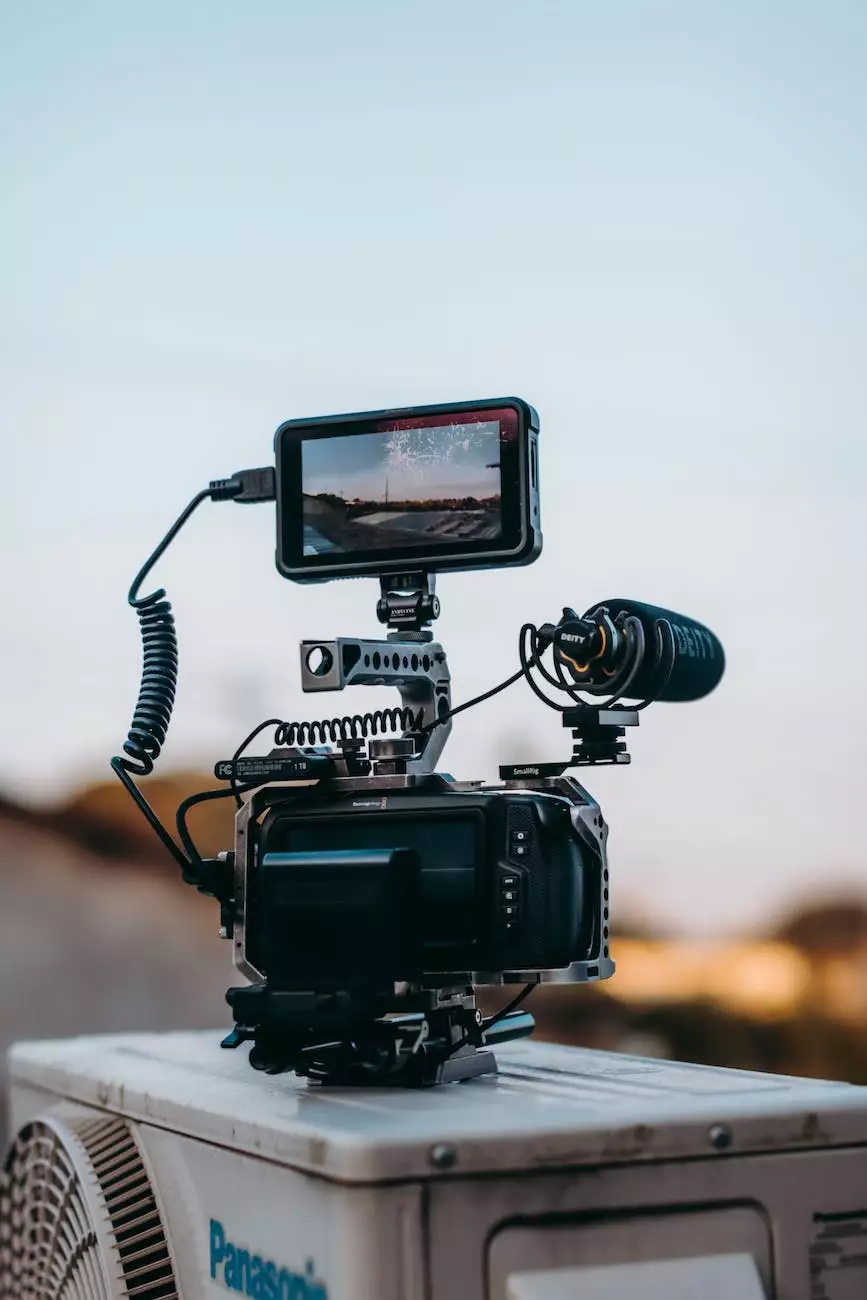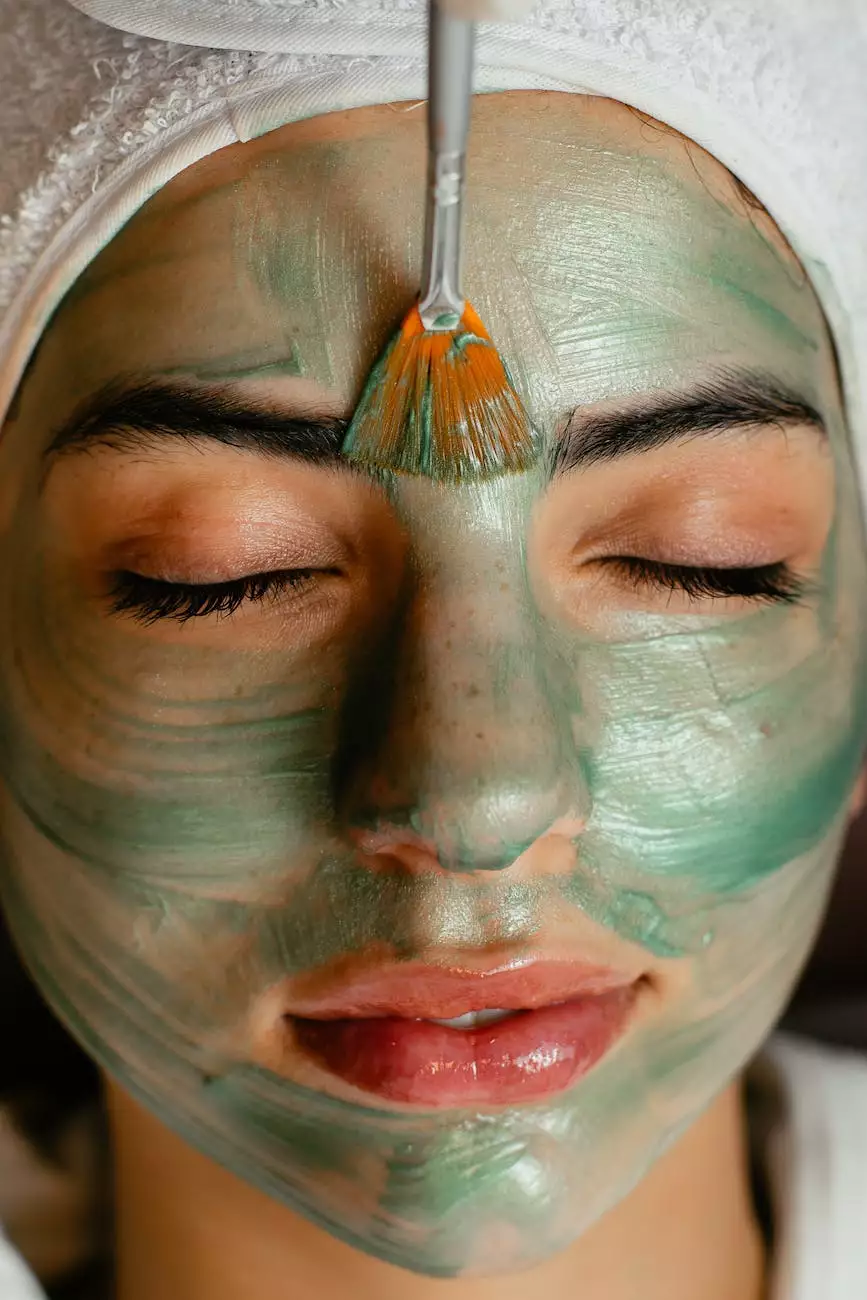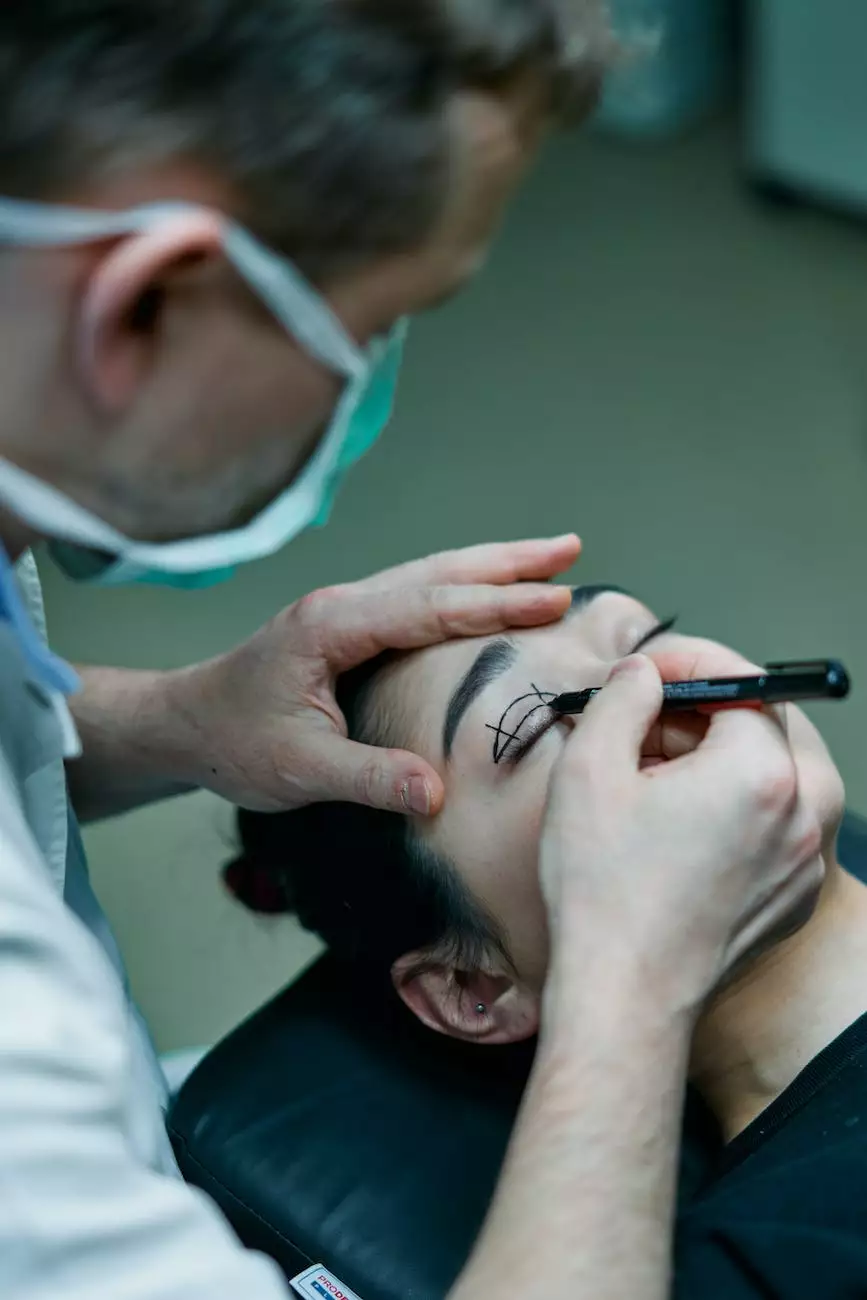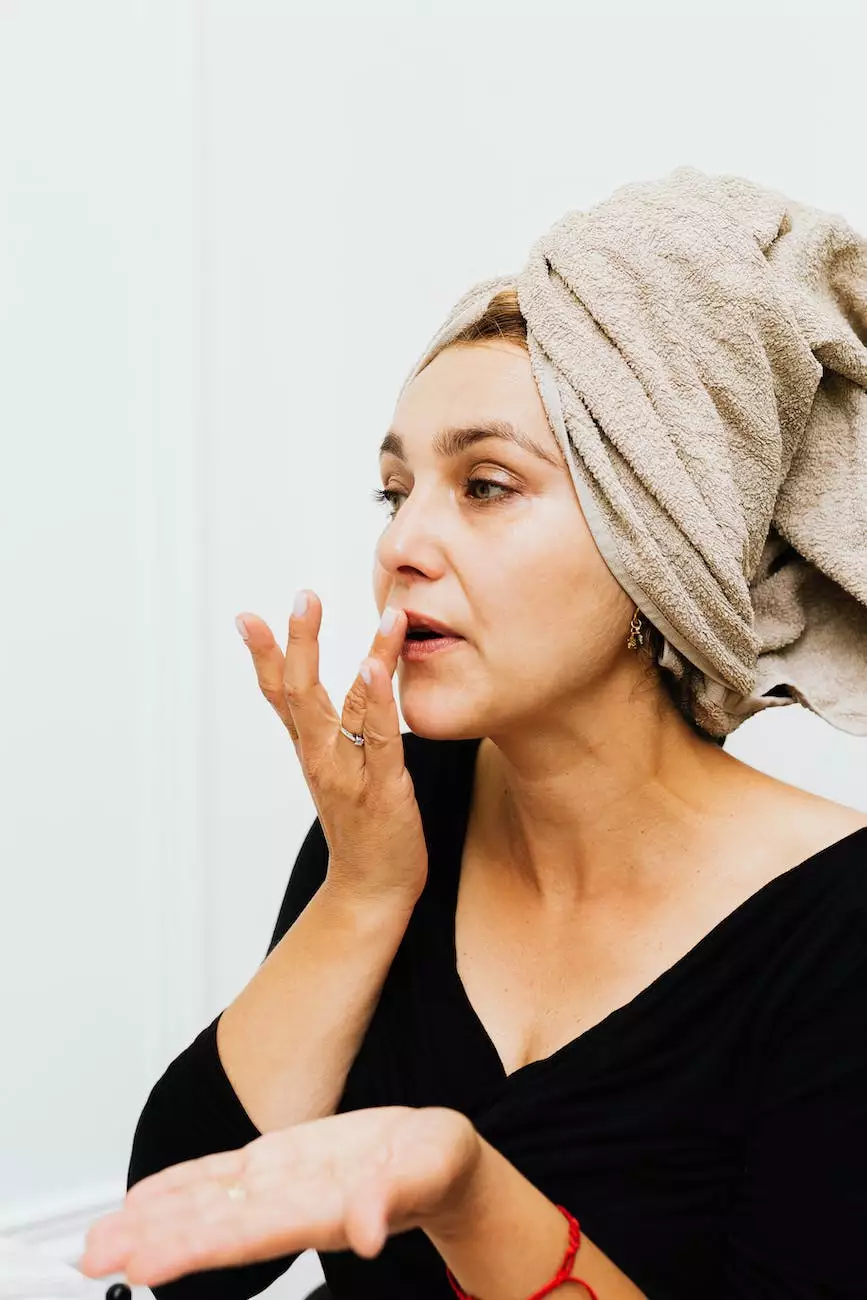Three Types of Anesthesia Used in Plastic Surgery

Welcome to Revived Aesthetics' comprehensive guide on the three main types of anesthesia used in plastic surgery. Whether you're considering a cosmetic procedure or simply curious about the process, understanding the different anesthesia options is crucial. In this article, we will explore the three primary types of anesthesia commonly employed in plastic surgery, their benefits, potential risks, and the considerations involved.
The Importance of Anesthesia in Plastic Surgery
Plastic surgery involves complex and intricate procedures that often require the numbing or sedation of patients to ensure their comfort and safety. Anesthesia plays a critical role in plastic surgery by eliminating pain and discomfort during the procedure, ensuring maximum patient satisfaction. Let's dive into the three main types of anesthesia:
1. Local Anesthesia
Local anesthesia is the most commonly used type of anesthesia in plastic surgery procedures. It involves the injection of an anesthetic medication directly into the targeted area, numbing the specific region where the surgery will take place. Local anesthesia allows patients to remain awake and responsive while being free from pain or discomfort.
One of the significant advantages of local anesthesia is its ability to minimize the risks associated with general anesthesia. It is typically used for minor procedures or in conjunction with other forms of anesthesia. Patients who opt for local anesthesia often experience a shorter recovery time and a reduced likelihood of complications.
Revived Aesthetics ensures that experienced anesthesiologists administer local anesthesia, guaranteeing the highest level of care and safety for our patients.
2. Regional Anesthesia
Regional anesthesia is another commonly used type of anesthesia in plastic surgery. Unlike local anesthesia, regional anesthesia involves blocking nerve impulses in a targeted region of the body. It effectively numbs a larger area, making it suitable for procedures involving multiple sites or larger sections.
Common techniques used for regional anesthesia include epidurals, nerve blocks, or spinal anesthesia. These methods help to relax the patient's muscles and reduce pain sensation during surgery. Regional anesthesia is particularly advantageous when a longer duration of numbness is required or when delicate areas, such as the face or extremities, need to be treated.
At Revived Aesthetics, our highly skilled anesthesiologists specialize in regional anesthesia techniques, ensuring optimal results and patient comfort.
3. General Anesthesia
General anesthesia is the deepest form of anesthesia used in plastic surgery procedures. It induces a state of controlled unconsciousness, allowing patients to remain completely asleep and unaware during the entire surgery. General anesthesia is typically administered through inhalation or intravenous injection.
Plastic surgeries that involve extensive procedures, significant tissue manipulation, or multiple areas typically require general anesthesia. It allows the surgeon to work without interruptions, ensuring a smooth and successful operation. Patients undergoing general anesthesia are closely monitored by a team of anesthesiologists, ensuring their safety and well-being throughout the procedure.
At Revived Aesthetics, we prioritize patient safety and have a highly qualified team of anesthesiologists who specialize in administering general anesthesia for plastic surgery.
Choosing the Appropriate Anesthesia
When it comes to selecting the appropriate anesthesia for your plastic surgery, several factors come into play. These factors include the specific procedure you're undergoing, its complexity, the surgeon's preferences, and your medical history.
Revived Aesthetics takes pride in our meticulous assessment process, where our experienced plastic surgeons and anesthesiologists carefully evaluate each patient's unique situation to determine the most suitable anesthesia approach. Safety, comfort, and optimal results are our top priorities.
Conclusion
In conclusion, understanding the three main types of anesthesia used in plastic surgery ensures you are well-informed and prepared. Local anesthesia, regional anesthesia, and general anesthesia each have their own advantages and considerations. The choice of anesthesia is made based on the specific procedure, patient suitability, and desired outcomes.
At Revived Aesthetics, we prioritize the well-being and satisfaction of our patients. Our team of skilled plastic surgeons and experienced anesthesiologists work together to provide the highest standard of care and personalized treatment plans.
For more information or to schedule a consultation, contact Revived Aesthetics today and embark on your journey towards a more confident and rejuvenated self.










